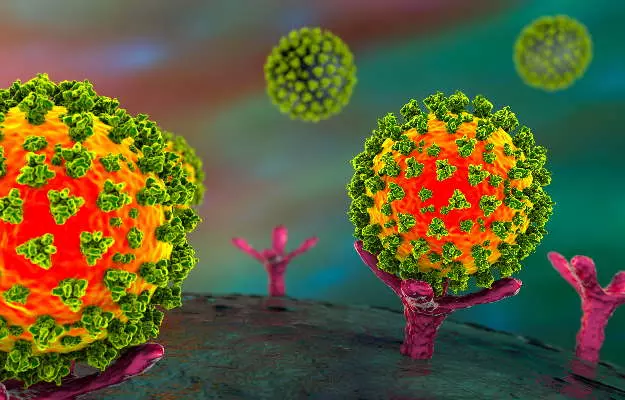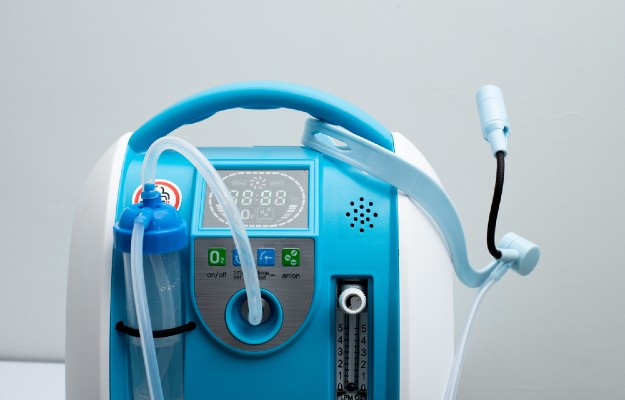By now we all know that the COVID-19 causing novel coronavirus, SARS-CoV-2, enters the human body through the nose, mouth or eyes. It is also well established that the virus binds with ACE 2 receptors on the lungs, blood vessels and other parts of the body, to infect healthy cells. Now, researchers have found yet more ways the SARS-CoV-2 virus can enter healthy cells in the body, and cause this respiratory disease.
Two separate and independent researches from Europe have found yet another way the new coronavirus, that first originated in Wuhan, China in late 2019, enters human cells, infects them and begins to replicate in the human body.
Viral entry is the earliest stage of infection which happens through adsorption, the process of how a host cell that holds a receptor a virus can attach itself to, in order to fuse with the host cell. The virus then blends with the membrane of the cell to release its infectious contents and begins to multiply.
A protein on the surface of human cells, known as ACE2 receptors, is the gateway for the SARS-CoV-2 virus entering the human body. But new research emerging from two separate studies indicates another cell-surface protein, known as neuropilin-1 or NRP1, may be another potential gateway from where the virus can break into the cell and attach itself in a fashion similar to how it happens to the ACE2 receptors. (Read more: Role of ACE2 receptors in COVID-19)
Both studies have been carried out in Europe and have been published online on the preprint server BioRxiv, and provide more evidence on the rapid spread of the COVID-19 infection that has gripped countries all over the world. More than 7.6 million people have been affected globally by this infection and over 425,000 people have died around the world, with India also facing a spike in the number of cases in recent months, having become the fourth-most affected country in the world.
























